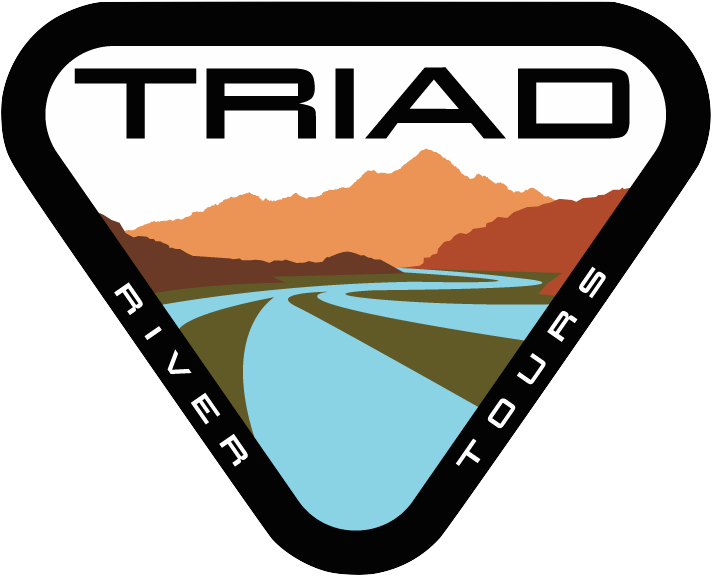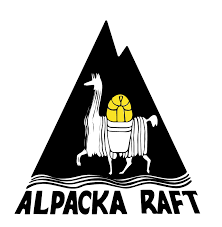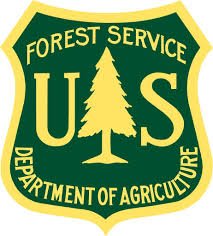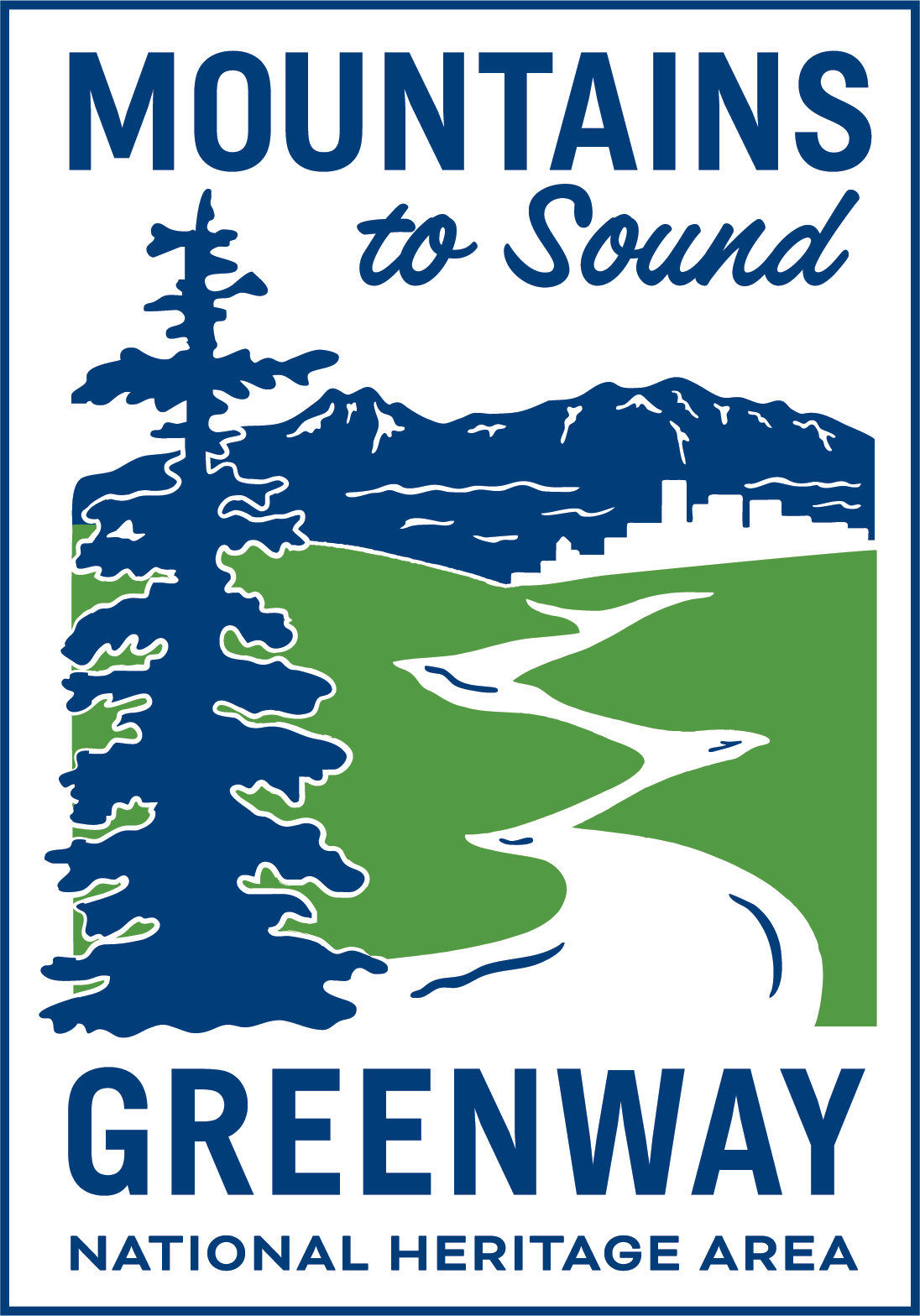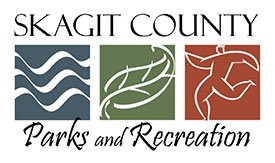Late January on the North Cascades Highway:
Winter sunlight drifts slowly down the mountainsides, pooling on the snow-edged eddies of the Skagit River. Huddled deep in my warmest jacket, I scan the riverside in breathless anticipation; for a moment all I see is the flashing red backs of salmon spawning over the gravel bars, churning into their own whitewater frenzy—then a pair of dark silhouettes swoop out of the forest. White heads bobbing above enormous seven-foot wingspans, they stoop quickly to the fish before retreating with their prizes to the nearby riverbank. My shout of excitement is lost in a cloud of ice crystals. Eagles!
Hundreds of eagles fly over the Washington area in the winter for their annual migration.
Every year the Skagit and Nooksack Rivers host one of the largest concentrations of bald eagles in the contiguous United States. After leaving their northern homes when the lakes and rivers begin to freeze over, these large raptors ride favorable wind patterns hundreds of miles south to take advantage of the Pacific Northwest’s chum and coho salmon runs, flying at an astonishing average of 30 miles per hour. The juveniles migrate before the adults, leaving their parents to follow along behind. Once they arrive, the eagles congregate on the Nooksack and Skagit just as thousands of salmon make their way upstream to their ancestral spawning grounds; the spawning salmon make an easy winter meal for the raptors. In a typical year over a thousand eagles migrate to the Upper Skagit alone. These rivers are a key wintering site for the migrating eagles as well as important spawning grounds for salmon. The eagle migration peaks in late December and early January, and the eagles are most active before 11 am.
Over the last thirty years the timing of the eagle migration has been slowly shifting, following the salmon runs as they edge about 0.45 days earlier in the season every year. The salmon runs now come before the first large winter flood instead of after; this decreases the amount of food available to the eagles as the flood sweeps away many of the salmon carcasses. A recent study in the Journal of Applied Ecology charted these trends using local eagle count numbers from the last three decades, finding a clear correlation between the timing of the salmon runs and the eagle migration but no clear explanation for the earlier salmon arrival.
A number of Eagle Watcher sites are set up along the Skagit during the peak of the eagle migration. Bring a hot drink and warm clothes to Howard Miller Steelhead Park, the Milepost 100 Rest Stop on Highway 20 or the Marblemount Fish Hatchery to use the spotting scopes, or grab your own pair of binoculars and check for eagles along one of the hikes from Howard Miller or the Fish Hatchery. Another great way to experience both the bald eagles and the salmon is from the river. Skagit River Eagle Tours runs trips right through the heart of the Skagit River Bald Eagle Natural Area, the best place in Washington to find bald eagles during the winter migration. This area is jointly managed by the Forest Service and the Department of Fish and Wildlife to conserve habitat, protect the eagles, and educate the public. The Skagit River Bald Eagle Interpretive Center in Rockport is a great place to stop before or after a river trip to learn more about the eagles, the salmon and the ecosystem that sustains them both; or try the Upper Skagit Bald Eagle Festival in Concrete on a January weekend for an equally good time. For less structured eagle watching but just as many eagles drive out Mt Baker Highway to the bridges over the Nooksack. There aren’t a lot of rest stops or interpretive centers, but the eagles love to perch in the old cottonwoods on the riverbank. Bring your camera, your friends, and your warmest clothes and take yourself on an adventure to experience the archetypal wildlife of the Pacific Northwest this winter.
Sources:
https://www.wta.org/news/signpost/hiking-guide-to-the-skagit-eagle-festival-1
Rubenstein MA, Christophersen R, Ransom JI. Trophic implications of a phenological paradigm shift: Bald eagles and salmon in a changing climate. J Appl Ecol. 2018;00:1–10.
https://www.fs.usda.gov/detail/mbs/landmanagement/resourcemanagement/?cid=fsbdev7_001646, “Skagit WSR-Abundant Wildlife”
Read more:
